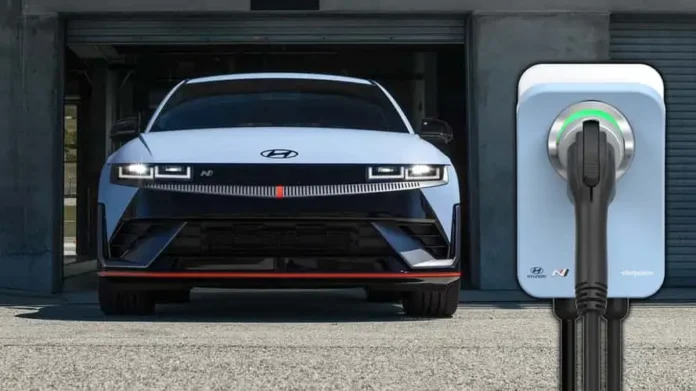Understanding Electric Vehicle Complexity
Electric vehicles (EVs) present a simpler mechanical design compared to their combustion-powered counterparts. With significantly fewer moving parts, maintenance for EVs is generally less demanding. Most notably, the absence of multiple fluids to change makes electric cars much easier to maintain. Moreover, brake pads on these vehicles can endure for hundreds of thousands of miles, showcasing the durability of electric technology.

Breakdown Rates: Electric vs. Combustion Vehicles
A recent study by the German Automobile Club (ADAC) sheds light on the breakdown rates of EVs compared to gas and diesel vehicles. On average, electric vehicles manufactured between 2020 and 2022 had a breakdown rate of 4.2 per 1,000 vehicles, which is markedly lower than the 10.4 for combustion cars. Encouragingly, this trend is on the decline, with breakdowns for EVs decreasing from 8.5 in 2020 to just 1.7 in 2022.
Key Breakdown Causes for Electric Vehicles
The data from ADAC indicates that the primary reason for most EV breakdowns is the low-voltage battery, which accounts for 50% of issues. This is complemented by similar findings in combustion vehicles, where the 12-volt battery also emerges as a common failure point. Notably, with many early flaws being addressed by manufacturers, the reliability of electric vehicles is on an upward trajectory, increasing confidence among EV owners.



